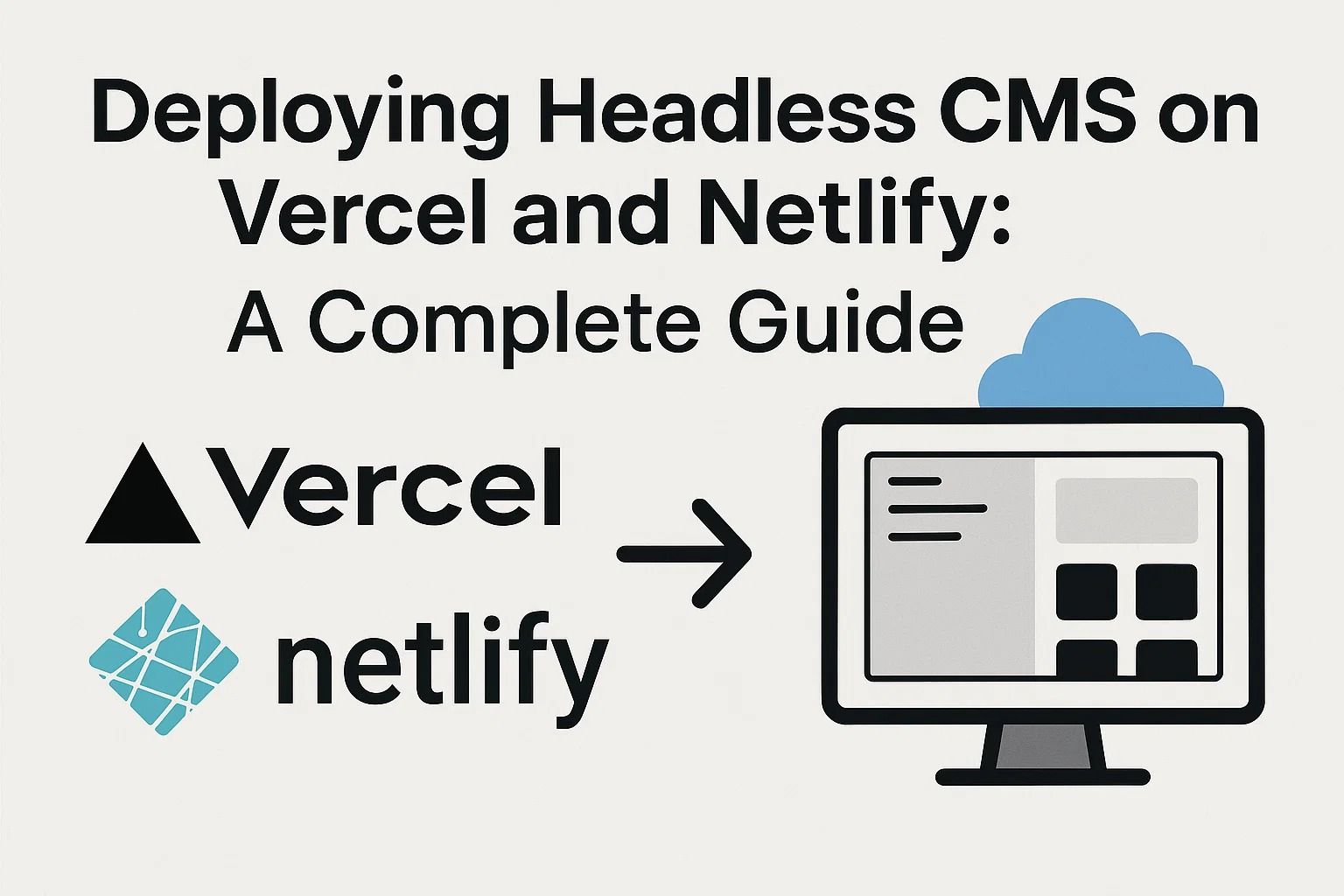
How Habit Tracking Apps Can Transform Your Productivity
How Habit Tracking Apps Can Transform Your Productivity
Productivity often depends less on raw motivation and more on systems that sustain progress. Habit tracking apps have emerged as one of the most effective tools to build those systems. They turn routines into measurable, visualized behaviors, helping users identify what works, what doesn’t, and where to adjust.
At their core, habit trackers merge behavioral psychology with digital convenience. They don’t just remind you to complete a task—they reinforce identity-based progress: each small action confirms who you aim to become. Whether it’s writing daily, coding for an hour, exercising, or meditating, these apps turn consistency into data-driven growth.
Why Habit Tracking Works
Habit tracking is effective because it combines three fundamental behavioral mechanisms:
- Visual feedback loops — progress is visible through streaks, graphs, or percentage completions.
- Micro-rewards — checking off habits releases dopamine, reinforcing repetition.
- Behavioral anchoring — habits become linked to time, place, or preceding actions, increasing automation.
Unlike traditional to-do lists, which focus on completion, habit trackers emphasize consistency and momentum. They help users build identity-based habits: not “I must work out,” but “I am someone who exercises daily.” Over time, this identity shift becomes the foundation of sustainable productivity.
Popular Habit Tracking Approaches
Modern habit tracking apps use a range of methods to encourage consistency:
- Gamification — Apps like Habitica turn progress into a game, where tasks earn experience points or virtual rewards.
- Minimalist streak systems — Streaks and Loop use clean interfaces that focus entirely on maintaining consecutive days of action.
- AI-driven insights — Platforms such as Notion AI or Tability analyze completion patterns and suggest optimal times or methods for new habits.
These tools work best when paired with clear, measurable goals. A habit tracker alone doesn’t create discipline—it amplifies it. The goal-setting framework behind each habit determines how sustainable it will be. For example, “write for 20 minutes daily” is specific and measurable, while “become a better writer” is vague and untrackable.
One often overlooked advantage of habit tracking apps is their ability to provide longitudinal data. Over months, users can visualize progress across key life domains—health, learning, productivity—and pinpoint where burnout or inconsistency begins to appear. This transforms self-improvement from emotional guesswork into a structured feedback system.
Ultimately, habit trackers serve as external accountability systems. They bridge the gap between intention and action by making invisible progress visible. And as behavioral science shows, what gets measured gets managed—and improved.
The Psychology Behind Habit Tracking
To understand how habit tracking apps transform productivity, it’s important to examine the psychological mechanisms that power them. At their essence, these tools leverage reinforcement theory, goal-setting frameworks, and self-quantification—three pillars that define consistent human performance. The result is not just better time management, but a measurable rewiring of behavior.
1. Reinforcement and Accountability
Every time a user logs a completed habit, they receive instant feedback—visual, numerical, or symbolic. This triggers a reward loop, releasing dopamine and reinforcing the action. Over time, this repetition converts conscious effort into automatic behavior. What begins as a daily reminder to “read for 15 minutes” becomes an identity cue: “I am someone who reads daily.”
Habit apps amplify accountability through visibility. Whether through streaks, shared dashboards, or notifications, they externalize responsibility. The brain begins associating visible progress with self-worth, making consistency feel satisfying in itself.
2. Goal-Setting and Cognitive Load Reduction
Traditional goal systems often fail because they demand too much cognitive overhead. Habit trackers simplify this by chunking large ambitions into actionable, measurable steps. Instead of setting abstract targets like “improve fitness,” users log precise, recurring habits—“run 2 km daily,” “stretch before bed.” This reduces decision fatigue and converts motivation into structure.
When tasks are quantified, progress becomes undeniable. This quantification engages the progress principle—the proven motivational effect of small, visible wins. It also combats procrastination, since incomplete streaks or graphs create psychological tension that encourages resolution.
3. Self-Quantification and Behavior Optimization
Habit tracking is also a form of quantified self—collecting behavioral data to refine personal systems. Many professionals now use analytics dashboards to measure not only time spent but also productivity efficiency, energy fluctuations, and emotional consistency. By analyzing data patterns, they can align habits with peak performance windows.
For instance, a user might discover they’re most focused between 8–11 a.m. and restructure work sessions accordingly. Apps like Toggl Track or RescueTime integrate with habit trackers to create these holistic performance maps. This self-awareness converts abstract effort into precise optimization.
Another key advantage of habit tracking is the ability to detach emotional variance from productivity output. On days when motivation dips, the tracker still acts as a commitment device—users execute tasks not out of emotion but obligation. This aligns with the “discipline over motivation” philosophy that underlies high-performance routines.
Integrating Habit Tracking into Professional Workflows
Professionals in tech, freelancing, and entrepreneurship have increasingly adopted habit tracking apps as part of their daily operations. Developers use them to maintain coding consistency. Designers use them to balance creative and administrative work. Managers track communication habits to maintain team alignment.
By embedding tracking systems directly into workflow tools—like connecting Notion, Todoist, or Google Calendar APIs—habit tracking becomes frictionless. The fewer clicks required to log progress, the higher the compliance rate. Many apps now automate input by linking to wearable devices, browsers, or project management dashboards.
This automation creates a hybrid model: human intention powered by digital accountability. Instead of relying on self-discipline alone, professionals outsource the reminder and measurement process to systems designed for consistency. The result is more sustained productivity with less mental strain.
4. The Cumulative Effect of Compounded Habits
When multiple micro-habits align toward a unified objective, results compound exponentially. Writing 500 words daily results in a full-length book within months. Spending 20 minutes learning a new framework daily creates professional mastery over time. This compounding is the engine of long-term growth—and habit tracking ensures that engine keeps running.
In sum, habit tracking apps operate as behavioral compasses. They redirect attention from outcomes to consistent processes. As this system embeds, users not only become more productive but also more intentional in how they allocate energy and focus. It’s not about doing more—it’s about doing what matters most, consistently.
Advanced Strategies for Habit Tracking Mastery
After building consistency with daily tracking, the next step is optimization—learning how to make habit tracking scalable, adaptive, and self-sustaining. The most effective users treat their trackers not as diaries but as dynamic systems that evolve with their goals. To achieve that, three advanced strategies dominate: data layering, environmental design, and periodic recalibration.
1. Data Layering and Cross-Platform Integration
Modern productivity ecosystems no longer exist in isolation. Professionals use multiple tools simultaneously: a calendar for scheduling, Notion or Obsidian for notes, and apps like Habitica or TickTick for tracking. Layering these systems creates richer feedback loops. For example, connecting habit trackers to Google Fit or Apple Health transforms physical data into contextual insight about focus and fatigue.
Developers can also integrate habit logs with Zapier or Make (Integromat) to automate data transfers. Each completed habit can update a spreadsheet, send Slack alerts, or trigger progress analytics. This automation removes friction and strengthens engagement through visibility. The act of tracking becomes a passive data stream instead of an active task.
2. Environmental Design for Habit Reinforcement
Behavioral science shows that environment shapes discipline more effectively than willpower. Habit tracking apps work best when paired with intentional environmental design—removing friction and adding triggers that align with desired behavior.
- Visual cues: Place physical reminders (sticky notes, device widgets) in high-visibility areas to prompt habit execution.
- Digital minimalism: Reduce distractions by grouping habit-tracking notifications with focus apps rather than social media.
- Task clustering: Stack complementary habits. For instance, logging a “hydration” habit can be paired with taking a short mindfulness break.
By aligning physical and digital environments, consistency becomes a natural outcome rather than a daily struggle.
3. Periodic Recalibration and Feedback Loops
Even the best-designed systems decay without recalibration. Productivity experts recommend quarterly reviews of all tracked habits. This ensures each activity still aligns with evolving goals. A once-critical habit may become redundant after automation or delegation. Removing or replacing it prevents system bloat and keeps motivation high.
Feedback loops—both qualitative and quantitative—help users course-correct. Qualitative reflection (journaling or self-assessment) captures emotional states, while quantitative tracking (streaks, charts) reveals objective patterns. Together, they form a holistic understanding of performance.
The Role of AI in Next-Generation Habit Tracking
AI-driven habit trackers are reshaping how users interpret their data. Instead of relying solely on user input, AI systems can detect routines from contextual behavior—calendar events, device usage, or biometric signals. This automation creates adaptive insights: suggesting optimal times for habits, identifying risk zones for burnout, and predicting productivity plateaus.
For example, an AI-enhanced tracker might learn that the user’s focus drops after 2 p.m. and automatically recommend a hydration or walking break. Machine learning also personalizes reminders based on behavioral compliance, gradually tuning frequency to reduce notification fatigue.
From Tracking to Transformation
Habit tracking apps are more than digital notebooks—they are behavioral operating systems. By combining structure, accountability, and analytics, they enable long-term transformation. The real power lies not in the app’s design but in the user’s ability to interpret feedback and act accordingly. Data without self-awareness is noise; tracking without adjustment is stagnation.
Productivity doesn’t emerge from a single breakthrough but from hundreds of consistent, small actions executed with precision. Each logged habit is a vote for the future self—a measurable step toward mastery. The apps merely provide the structure; the transformation happens through discipline and reflection.
As the landscape evolves, users who integrate tracking with AI, workflow automation, and reflective practice will lead the next wave of high-performance personal systems. Habit tracking will no longer be about checking boxes—it will be about engineering optimized lives.
















